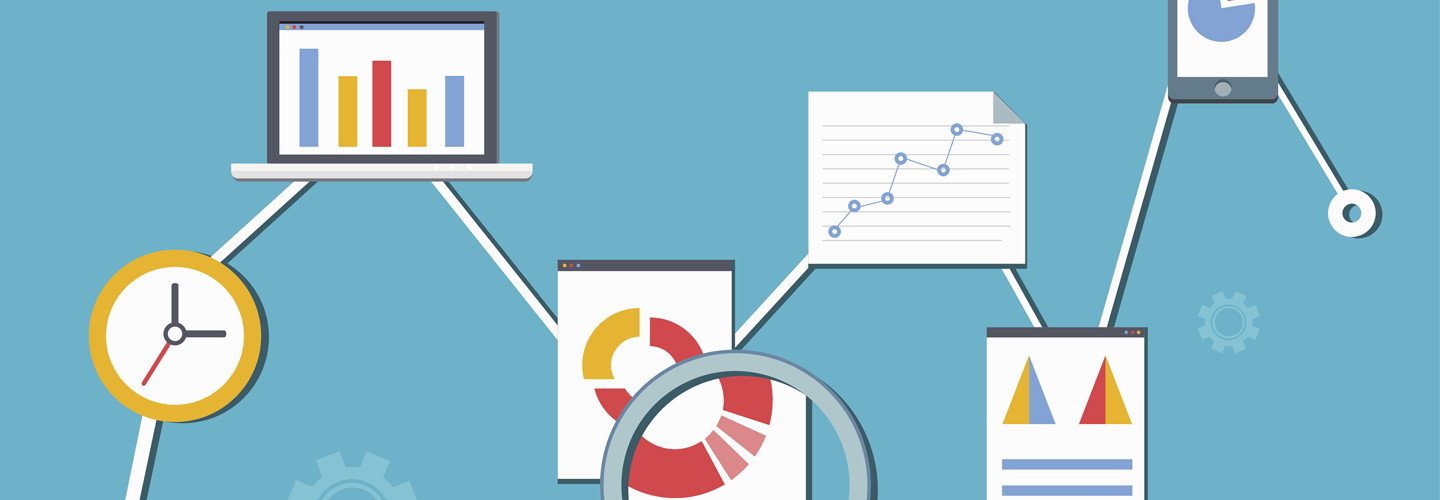How SAM Can Help Your Business
Software spending is the fastest growing element among total IT spending, according to recent Gartner figures. So the pressure is on for organizations to sharpen their SAM skills.
Functionally, a mature approach to software asset management gives an enterprise the tools it needs to control costs, optimize use of software and plan for the future.
As a primary requirement, SAM should give an organization 100 percent visibility into its software. Without that baseline of information, the entity won’t be able to ensure licensing compliance or identify hidden costs. The SAM tool should therefore be able to detect every hardware asset on which software resides, including mobile devices.
A purchasing system can give an organization a lot of information on software acquisition history. But it won’t reveal the physical location of each license, which department has it installed or whether it’s actually in use. If an IP packet can reach the device, the SAM tool should be able to find out and report what software is aboard.
Given today’s heterogeneous computing environments, it’s wise to choose a tool that works across multiple operating systems — even for operations that might otherwise use only a single operating system. A single BlackBerry, Android or iOS device can add another OS to monitor.
A third capability of an effective SAM tool is the ability to detect instances of software inside virtual machines. Software vendors treat virtualization in a variety of ways for licensing purposes. For instance, some count total instances, virtual or physical. Others allow multiple VM copies, as long as they’re on a single processor.
Answering Your Questions With SAM
With a complete software picture, the IT shop can perform analysis leading to optimal software use. SAM can help an organization answer these crucial questions:
-
How does the software inventory compare with licensing rights? This ensures compliance and avoids penalties following a vendor audit.
-
Does the organization have too many or too few licenses for each application? This can help an entity more closely match its software spending to its needs.
-
Has the organization updated and patched the software it’s running? This allows better preparation for risks the organization may encounter.
Want to learn more? Check out CDW’s white paper, “The Dynamic Duo: SAM and Security.”








